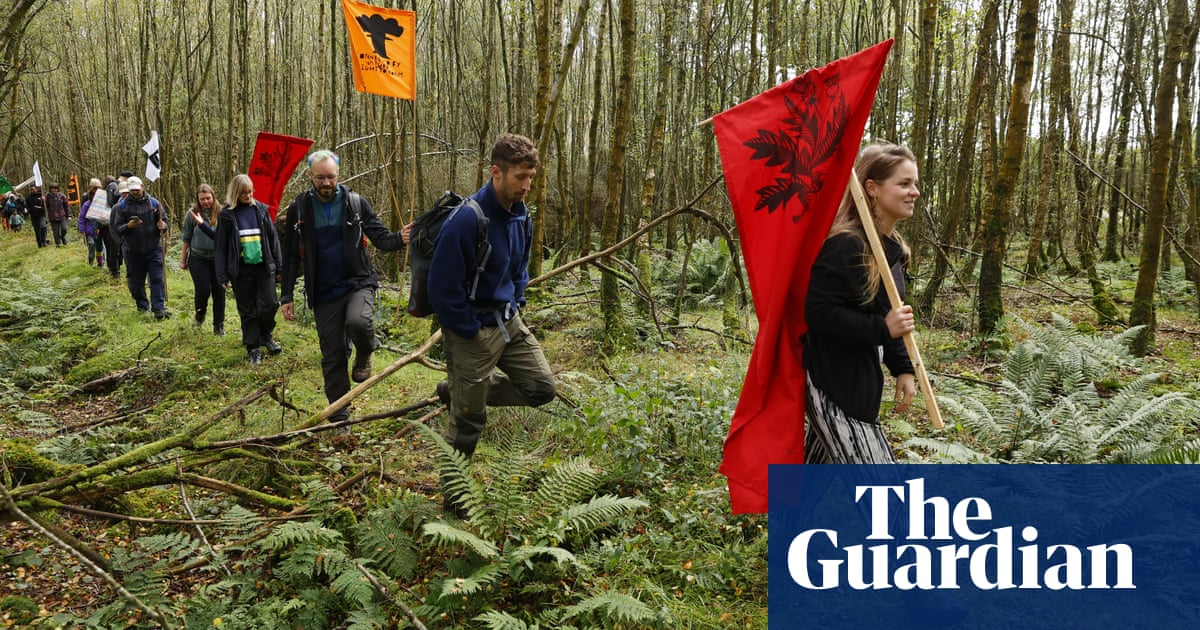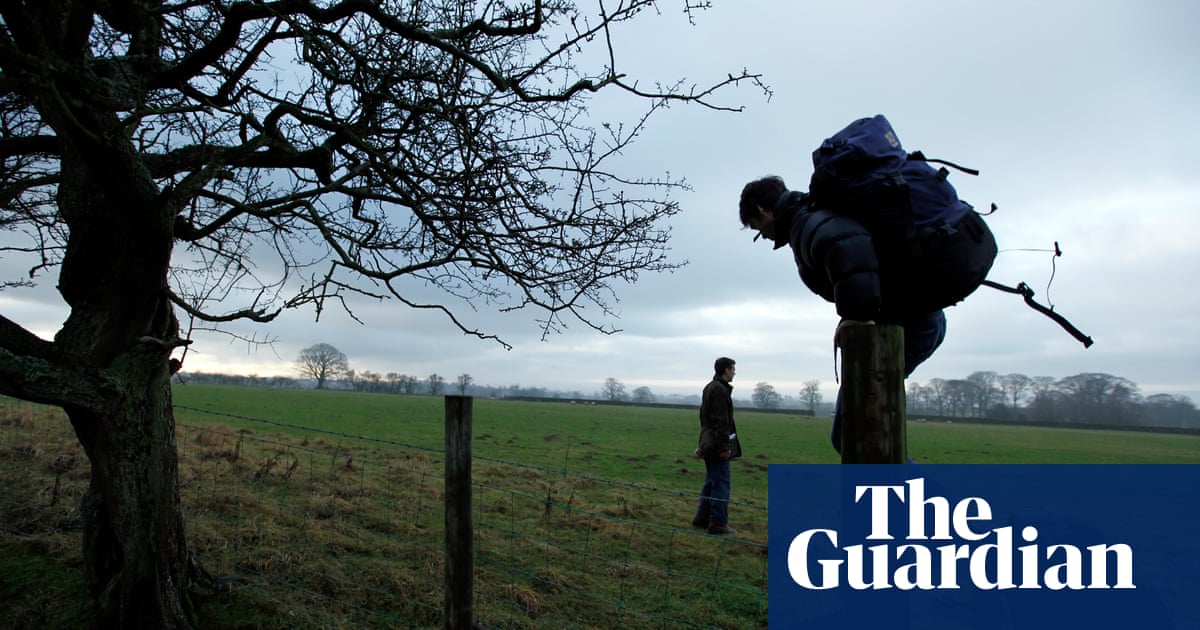
Nick Hanna’s letter (1 November) contains common misconceptions about the right to roam debate.
First, that a Scottish-style right to roam would be “unpopular with rural voters”. This is untrue. Polling shows strong majorities in favour of the approach, spanning all ages, regions and political affiliations. The fact that this assumption so often goes unchecked tells us more about who is considered a “legitimate” rural voice than what rural voters actually think.
Second, that improved access infrastructure, such as the Sussex Greenways project, is in some way incompatible with – or a distraction from – reform of the wider rights framework. It isn’t: the two complement one another.
Like most access campaigns, we support incorporating provision for access infrastructure into agricultural payments, as well as protecting and enhancing the existing Right of Way network.
Both are key for wider landscape connectivity, especially through farmland. A “Scottish” (or “universalist”) approach simply allows for maximum flexibility in what it is we’re trying to connect, and creates additional incentives for landowners to engage, since paths and ways become the easiest means of managing access. Done well, this is a win-win for the public and for land managers. Simply working with “what we’ve already got”, as Nick proposes, would not only weaken his own endeavours, it would fail to address the myriad of other issues access users face with the current system – not least the lack of rights to inland water.
The Scottish access model has worked well for 20 years. It is one of the simplest, cheapest and most legitimate access frameworks in the world. High time, as Dave Morris suggests, that England and Wales looked north for inspiration and replaced the default of exclusion with a new default of access.
Jon Moses
Right to Roam Campaign












